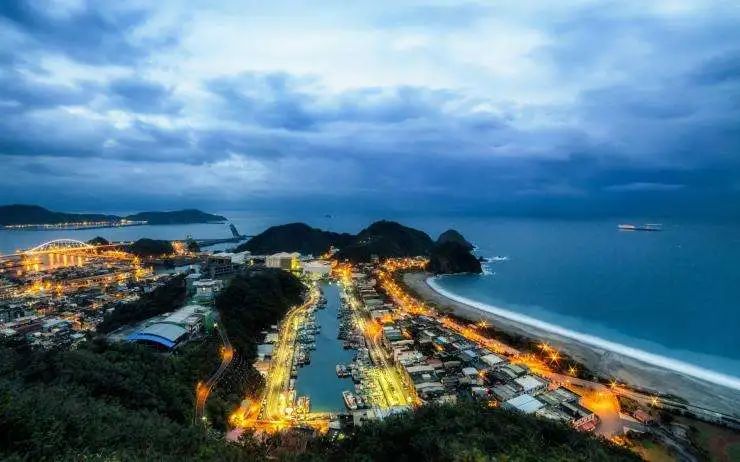
Taiwan trip (3)







Participating in tours organized by travel agencies often requires shopping, and many people are happy to do so. Tour guides usually encourage tourists to shop, and they hope to buy better and better. Therefore, what is originally a sightseeing and cultural tour often mutates into a shopping tour, because in the mainland, it has become an unspoken and unspoken rule for tour guides to take kickbacks from tourists' purchases.
In the contract signed with the travel agency, shopping is not specified. But before we left, the travel agency sent us documents via email adding shopping terms. These terms stipulate the number and time the tour guide will take us to shopping stores during the tour, but do not stipulate the amount of shopping or the amount of money spent. So, I didn't take it seriously. In fact, after paying money and signing a travel contract, all unilaterally proposed terms are invalid. However, considering that it didn't have to be unpleasant, I didn't take it seriously. Fortunately, during the entire trip, the CITS tour guide never mentioned shopping. Although the Taiwanese tour guide encouraged everyone to shop and hoped that everyone would contribute more to Taiwan's economy, she did not ask tourists to buy because she said: "When in Taiwan, "I came here to enjoy freedom." She really respects everyone's freedom to buy or not and to buy more or less. But some people in the Mainland are different. It is their own business to shop for themselves, but they still have to urge others to shop. I really don’t know who gave them such rights. A man of the same age as me said something unpleasant to me, and I responded rudely: "What right do you have to ask me whether I buy it or not?" I also told him that Chinese aunts went to Japan to buy toilet seats and toilet seats. The rice cooker, which was charged with a lot of money, became a joke in China, and it became dizzy after only a few small amounts of money! The guy was in a bad mood. There was another guy in the Porsche Watch Store in Taipei, and he said proudly: "We have all bought it, now it's your turn to take action!" I asked him: "Is this your rule? Who are you?!" After all, some people have a little money in their pockets, buy a few expensive items, and develop a strong sense of superiority. They want to show it, but forget to respect others.
In fact, it’s not that I don’t want to shop, it’s just that the items I want to buy are different from them. It only makes sense to buy items that you or your friends need, otherwise it is a waste. The shopping stores I visited during my trip basically sold luxury goods (red coral stores, silk quilts, jewelry, watches, etc.), and what I wanted to visit most was the bookstore, especially the books I published in Taiwan. I came back to see a friend off, but I didn't see it in the bookstores at Kaohsiung and Taoyuan airports. There were few other books I needed. In the end, I only bought one copy of "The Biography of Ni Kuang" at the airport bookstore.


